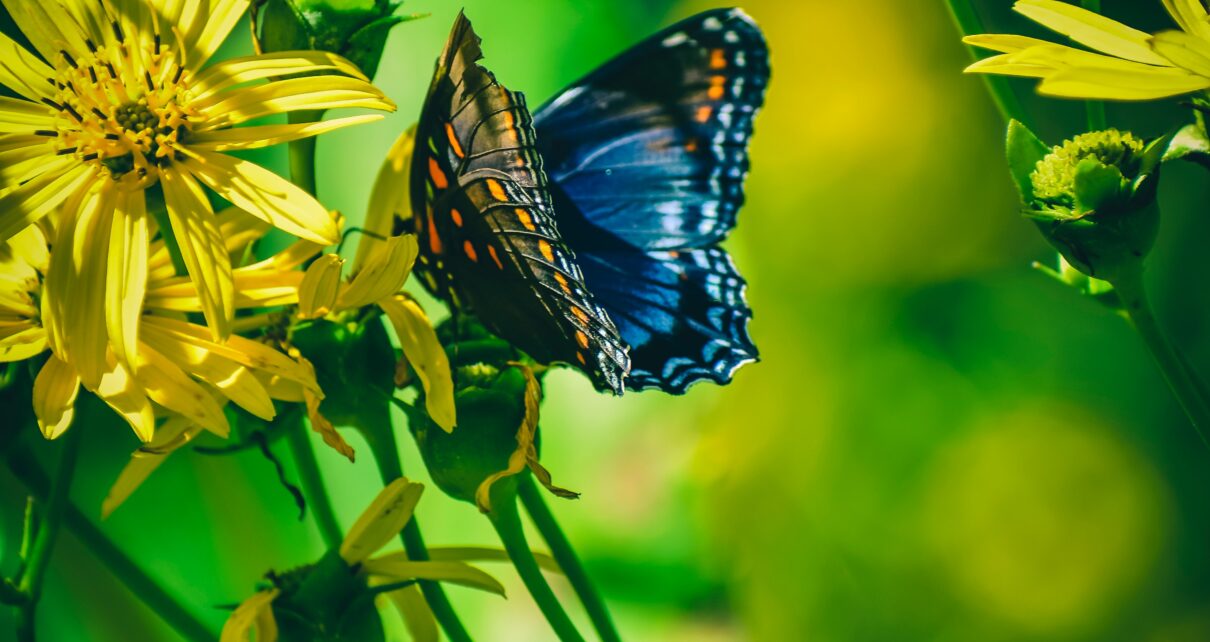Wildlife photography is an exciting photography niche. It involves taking photographs of animals in the wild in their natural environment. You can visit forests and other places where you can find wild animals.
Shooting them in their natural locale can help you get top-class photos. If you want to succeed in wildlife photography, we have some tips for you. These seven tips will help you become a professional wildlife animal photographer.
Image: Dreamstime Stock Photos
Effective Wildlife Photography tips
1) Understand your equipment
In wildlife photography, all the action can be over within a matter of seconds. A wild animal can catch its prey within a few seconds. A bird of prey can swoop in and pick up its victim within the blink of an eye. You need to be fast otherwise you will miss out on a great opportunity. For this, you need to have complete knowledge of your equipment and its settings.
Before you set out into the wild, you need to understand the various settings and options of your camera. You should know which settings are used in which situation. Most importantly, you should be able to quickly select the settings. Practice using different options in your camera and start your wildlife photo sojourn only after you have mastered the settings.
2) Know about the wildlife
A professional wildlife photographer does not go into the wild to shoot randomly. They would have an aim and would want to shoot a particular animal(s). This calls for a lot of preparation, including research. You need to learn about the animal you are shooting. If say, you plan on clicking pictures of Coyotes, you would first have to learn what the Coyote sound like, the kind of habitat they prefer, their hunting patterns, and other similar attributes. This will help you be more prepared. It is also essential to practice precaution while tracking the animal; some of them are not as friendly to humans and can attack you. So, you would need to be stealthy as well.
You can also take inspiration from famous photographers who are already adept at wildlife photography. Look for Paul Nicklen prints for sale or other equally amazing photographs clicked by wildlife photographers so far, and try to find out how they do their work.
When you are prepared, you can anticipate the behavior of your subject. Apart from reading up, watch videos of the animal you are planning to shoot. This will help you understand how it behaves in different situations. All this information will help you be ready, so you can capitalize on an opportunity and get a great photo.
3) Know the rules
There are some ‘golden’ rules of wildlife photography. Knowing these rules will help you get the best results from your photography. Here are some rules to keep in mind:
- Shoot during the hours of the golden light – just after sunrise and just before sunset. Not only would the light be great, but animals are most active at these times.
- Focus on the eye of the subject to get the best photo. For shooting birds, try to get its head parallel to the camera sensor.
- Follow the rule of thirds while composing a photo. This would make the picture stand out.
4) Have the right gear
The right tools will help you get the right result. You need all the right gear to take quality wildlife photos. Apart from a good quality camera, you need a good quality tripod. This is essential to ensure there is no camera shake. Using a camera trap is a good option. Get a good quality telephoto lens. This is vital since you may not be able to get close to the animal to shoot.
If you want to take macro photographs (close up of animals and insects), you need a macro lens. You will need a 100 mm lens with an f/2.8 aperture. It is important to protect your gear when out in the wild. The equipment must be protected from rain and other such weather elements.
5) Learn to be patient
Wildlife photography will test your patience to the utmost. As mentioned above, all the action would be over in seconds. But for that to happen you may need to wait for hours or even days. You need to be patient as you wait for the animal/subject to turn up. You then need to wait for the perfect shot, which could take a lot of time. Learn to enjoy the experience, this will help you be more patient.
6) Scout the location
Apart from knowing about the animal, you also need to survey the location. Choose a location that animals would visit. For instance, a water source is where the chances of spotting animals are high. You need to stay near deer if you want to shoot a cheetah in action. Know the wild location properly, so you can plan your shoot well.
7) Maintain a low profile
The slightest noise can spook animals and make them run away. You need to be low profile and avoid making noise. Avoid sudden movements and move cautiously. Use a silent shutter to minimize noise. You need to choose a spot where you are not noticeable.
Use these tips to shoot stunning and captivating wildlife photographs!




